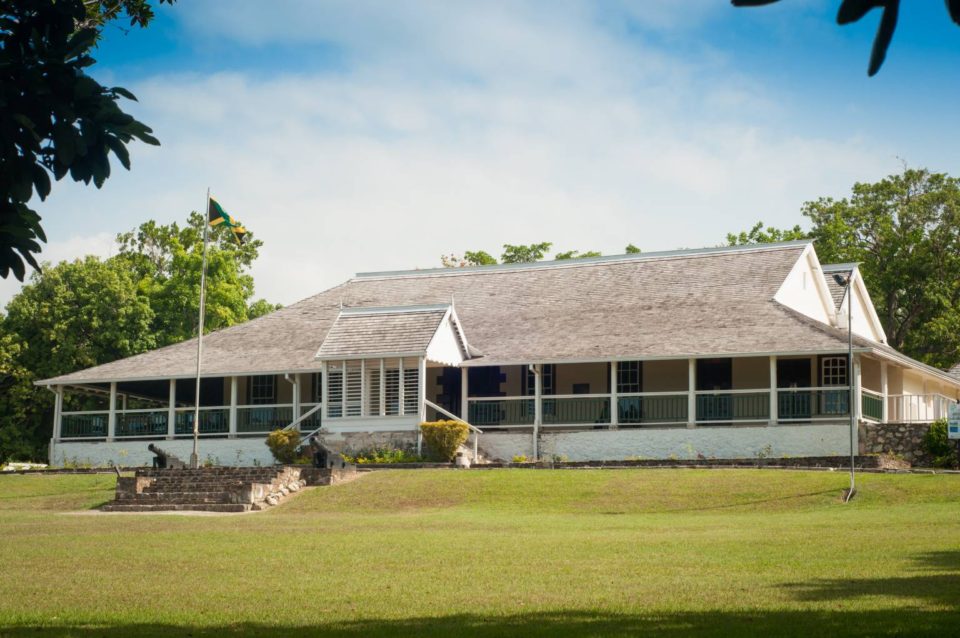When Columbus returned to Yamayeka (Jamaica) in 1503 on his fourth and final trip to the West Indies, he was stranded at what is now known as St Ann’s Bay after his last two ships, battered, worm-infested, and sea-worn, ran aground.
He remained in the island for one year, after which he fled by canoe to Hispaniola en route to Spain, where he was frustrated by the lack of attention and rewards from Queen Isabella and King Ferdinand. He died a broken man.
In 1510, his son, Diego, returned to the island with the first group of Spanish colonists. In the heart of a Taino village called Maima, near St Ann’s Bay, they established the first Spanish settlement on the island and called it Sevilla la Nueva (New Seville).
That was significant turning-point in Jamaica’s history and heritage. The Spaniards’ brutally towards the Tainos and the diseases that they brought over from Europe turned the idyllic life of the native Tainos upside down, literally. The great majority died, but many escaped into the mountains, thus becoming Jamaica’s first Maroons.
As a results of the near-genocide of the Tainos, another labour source for Jamaica’s tobacco plantations had to be found. African slaves were transported across the Atlantic to replace the Tainos. Sugar cane eventually overtook tobacco as the major commercial crop, and its cultivation and the making of sugar required an unending source of cheap. More Africans were ripped from the bosom of their homeland to fuel European metropolitan aggrandisement.
In the town of Sevilla la Nueva there were a church, a plantation, and a factory, among other things. But it was abandoned in 1534 because of the unhealthy miasma coming from the swamps in the region. Deaths and illnesses caused the seat of administration to be relocated to St Jago de la Vega, now known as Spanish Town in St Catherine.
However, Sevilla la Nueva remained a major Spanish settlement. It was not left to die, but when the English arrived in Jamaica in 1655, the end of Seville as a Spanish stronghold began. The Spaniards who fled to the mountains with some of the enslaved Africans wages wars against the English, but their resolve was decimated.
Spain officially ceded Yameka to England in 1670 under the Treaty of Madrid. It n was an unflattering jewel in Spain’s crown, and that’s perhaps why Spain did not give her colonisers much support when they fought in futility to stave off the English who were challenging Spain’s hegemony in the ‘New World’.
The English continued to operate plantations at Seville, which did not evolve into a populous town. It is now a heritage park operated by the Jamaica National Heritage Trust, and is an important repository of Jamaica’s history and heritage.
At the centre of this historical treasure trove, nestled on a hill from which the blue Caribbean Sea can be seen, is the planter’s house, which is now a museum showcasing eloquent pieces from the past. The original foundation was built by the Spaniards in the 1520s.
But more than 200 years later, in 1745, an Englishman, a grandson of Richard Hemmings, who fought in the war against Spain, built a two-storey residential fortress overlooking sprawling plantations and sugar works. The plantations thrive long past the abolition of slavery, and in 1898 the second floor of the planter’s house was blown down by a massive hurricane.
It was never replaced and proprietorship of the house passed from one owner to another. When the last owner, Henry Smallwood Hoskins, died in 1915, the Jamaican Government acquired it. The points of interest on other parts of the property are just as telling as those in the planter’s house. Beside it are remnants of the coach house, the residence of the person who looked after the planter’s coach. Other ruined residences include those of the book-keeper and the overseer.
There are no ruins of the residences of enslaved Africans, but there is a model of an African house at the back of the planter’s house. It is made of wattle and daub with a thatch palm roof. Not too far from the replica of the African house there is an old African cemetery which was partially excavated between 1987 and 1991.
Four sets of remains, one female and three males were exhumed. Two of the male remains and the female’s were reburied on Emancipation Day 1997 in what is now called the African Tomb, visible from the planter’s house. The other male was eventually sent to Ghana, Africa, where it is believed he came from.
Other notable things to see on the property are the Hoskins’ burial site, copra kiln, Peter Martyr Church (the first stone church in Jamaica), pimento barbecues where pimento berries were dried, Spanish wells, an English sugary factory, an English warehouse, a Spanish mill with a giant waterwheel, the Spanish governor’s castle, a cattle pen, ship anchors and chains, and remnants of a waterwheel.
Seville, where it all started, is replete with awesome artifacts that silently tell the narratives of the four cultures that converged there centuries ago. It is truly a storied and important landmark on Jamaica’s heritage landscape.


